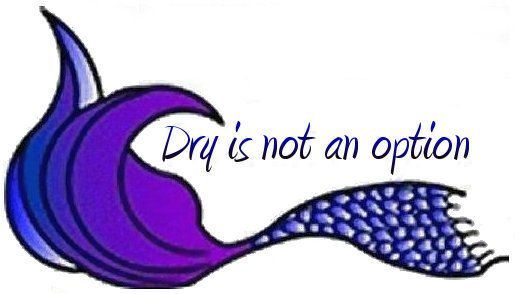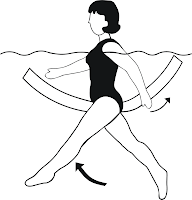
EZ Grip Hand Buoys Mini Disc Hand Buoys Single Disc Hand Buoys Noodle
Aqua Force™
All Sunshine Marketing - Aqua Force Products are made in the U.S.A.
The water hand buoys (dumbbells) are made from sealed, closed cell polyethylene foam. The white foam discs are impervious to water because they are sealed through a special process that keeps them clean. It also reduces water absorption which allows full resistance even after classes all day long. The dumbbells have sealed center bar and the handles are padded with a high-density rubber sleeve to provide a soft comfortable grip as well as adding more buoyancy. They are perfect for water aerobics and aqua training offering a size for all fitness levels.
The light mini hand buoys are 12” long and have a submerged force of 2 lbs. The medium single disc hand buoys are 12” long and have a submerged force of 4 1/2 lbs. The heavy double discs are 16” long and have a submerged force of 9 lbs. They are all sold in pairs.
The E-Z grip hand buoys are available in a light (3” dia.) and a medium weight (4” dia.) and are designed for those who may have a difficult time grasping the handle, due to arthritis or physical disabilities, but still want to use resistance equipment.
Noodles are made from high quality, solid Polyethylene foam. They are extremely durable under repeated and often daily use and will last for years. These noodles are very heavy duty and will not get soggy and limp when wet. They provide excellent stabilization and flotation. Noodles come in 54” (standard) and 60” (longer) sizes
Pricing and Product List:
Best Prices Ever!
(partial list of the most popular items)
Part # Size Description Info * Cost / Qty
269 12” long x 3” dia. E-Z Grip hand buoys White, pair, light wt $13.00 (1-11)
279 12” long x 4” dia. E-Z Grip hand buoys White, pair, med. wt. $15.00 (1-7)
280 12” long Mini disc hand buoys White, pair, light wt. $17.00 (1-14)
281 12” long Single disc hand buoys White, pair, med. wt. $18.00 (1-23)
530 3” dia. X 54” lg Noodle White, standard, each $12.00 (1-11)
536 3” dia. X 60” lg Noodle White, longer, each $12.00 (1-19)
*Less than a full carton. Ordering a full carton reduces the cost per item by $5.00)















